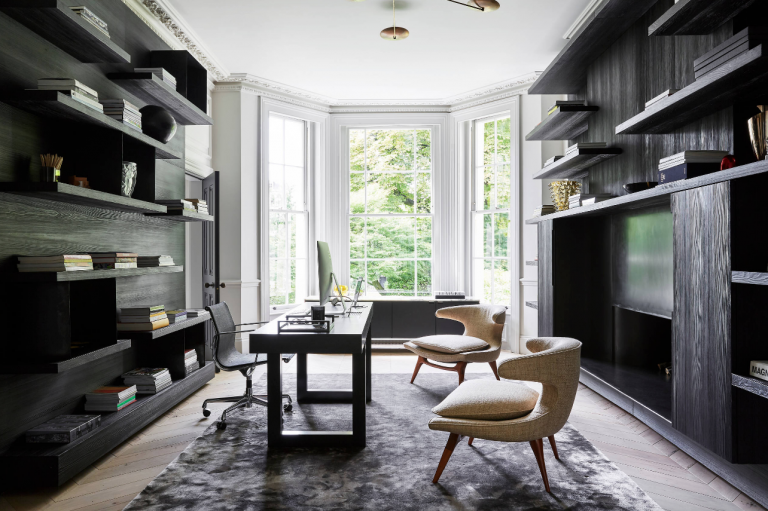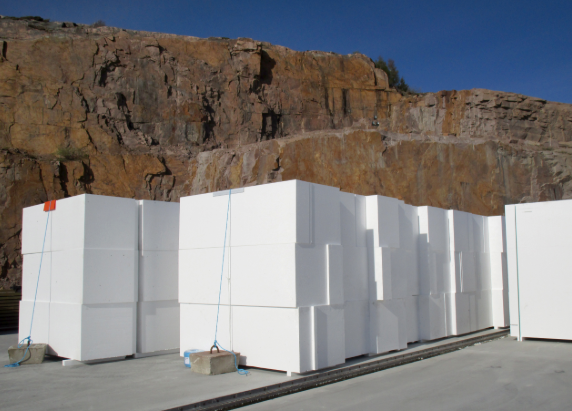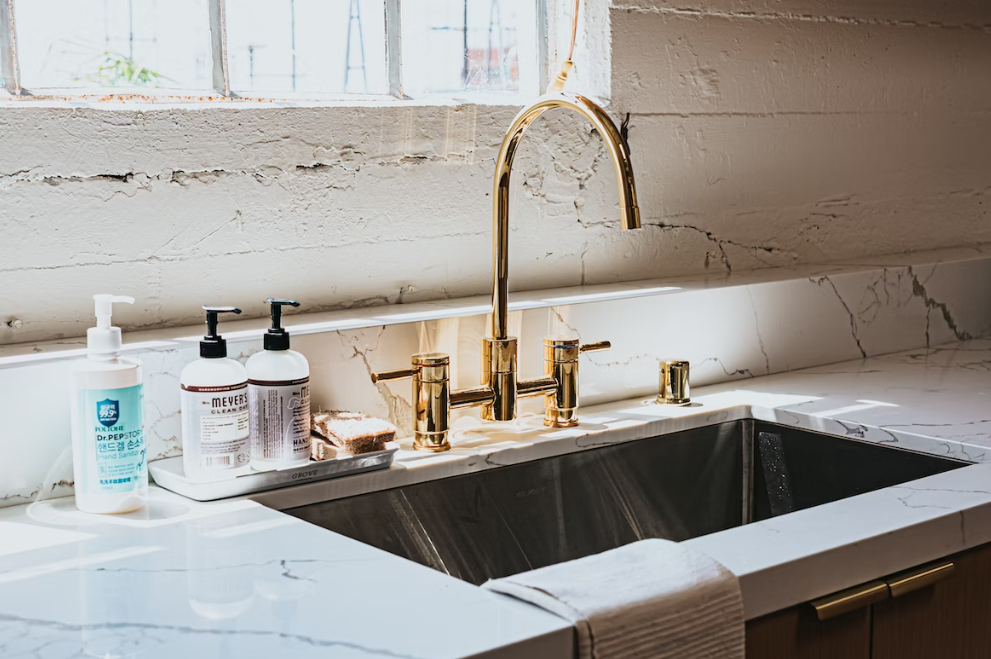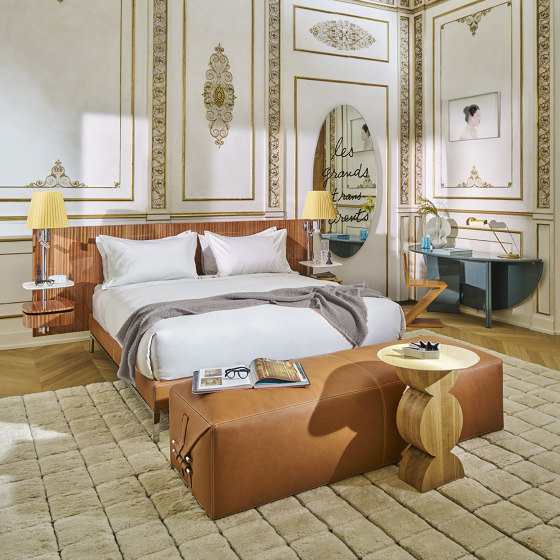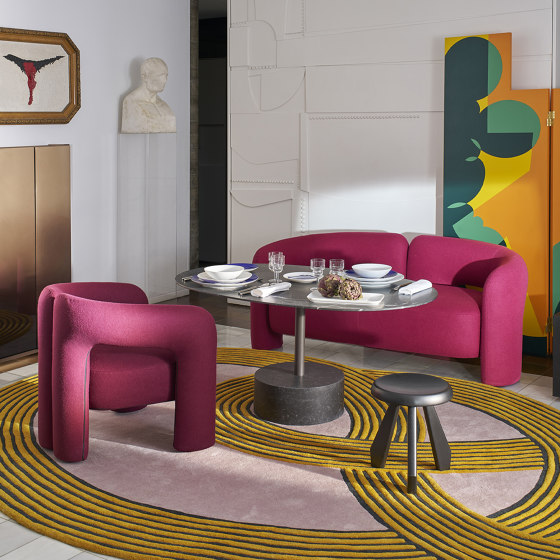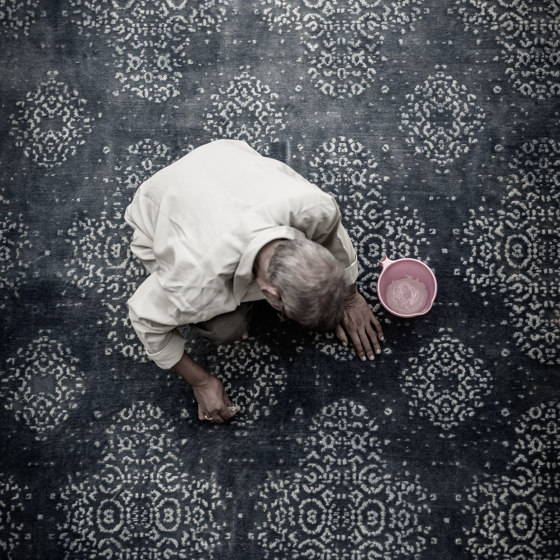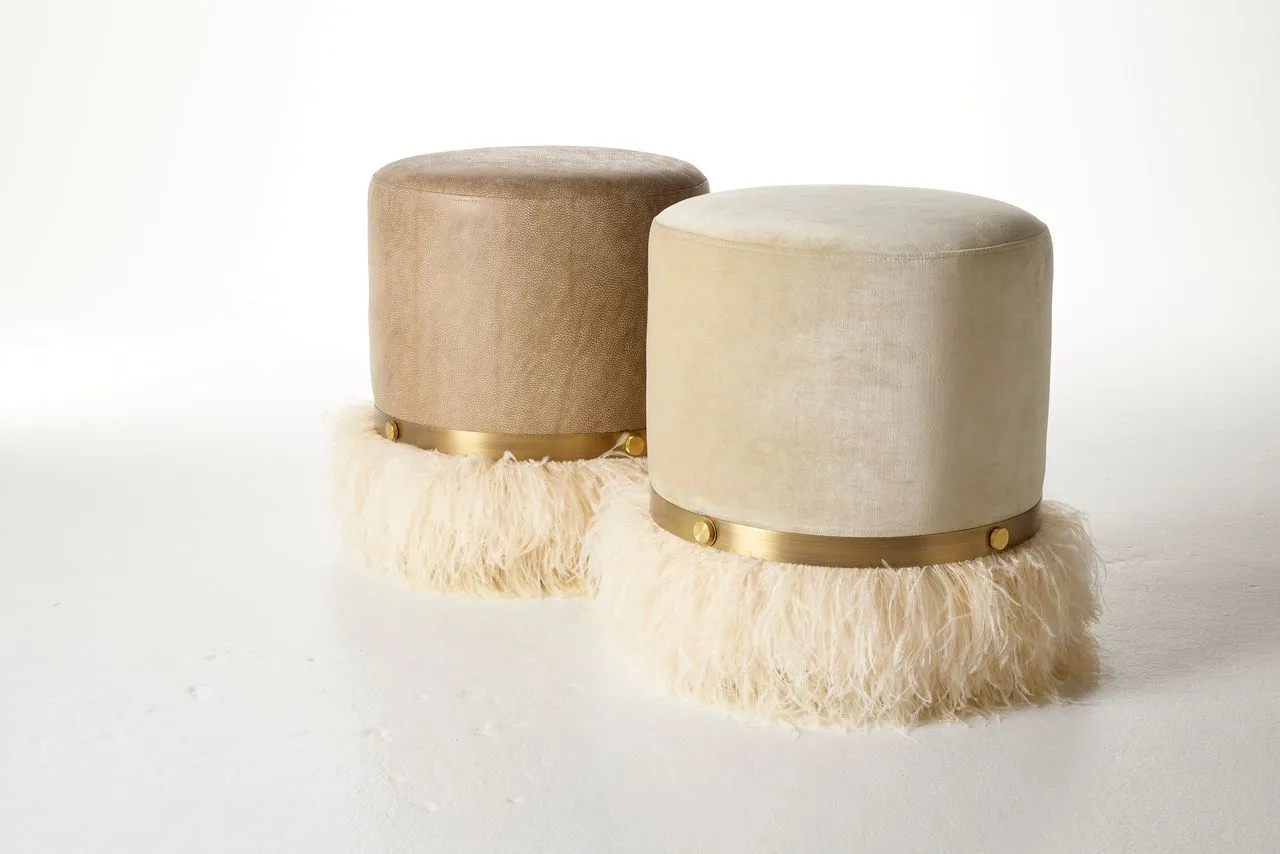andrés jaque builds cork-clad palace for bacteria at triennale milano 2025
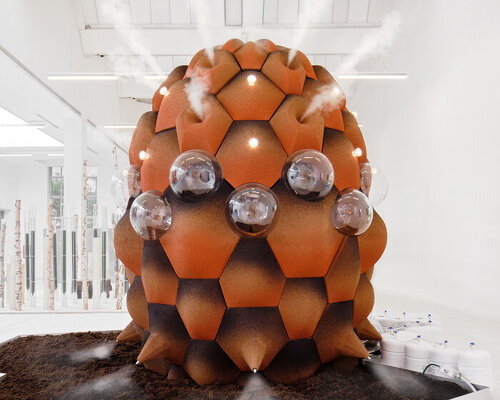
Andrés Jaque builds microbial habitat for triennale milano 2025
At the 24th Triennale Milano international exhibition, Andrés Jaque and his Office for Political Innovation (OFFPOLINN) unveil The Transspecies Palace, a living architecture where design, biology, and activism entangle to propose new modes of cohabitation. Developed for the exhibition We the Bacteria: Notes Toward Biotic Architecture, curated by Beatriz Colomina and Mark Wigley, the installation introduces a microbial habitat designed to metabolize toxicity and repair damaged ecologies.
Through the careful orchestration of cork, fungi, bacteria, and DNA fragments, The Transspecies Palace proposes a radical departure from extractive building practices toward a new, interspecies mode of architectural cohabitation. ‘This is part of a line of work that we started long ago to explore how the materiality of architecture can transition away from human-centered extractivism to a more symmetrical ecological alliance,’ shares Andrés Jaque. This approach continues the architect’s ongoing investigation into how architecture can participate in ecological reparation, an exploration previously seen in projects such as the Reggio School and the Rambla Climate-House.
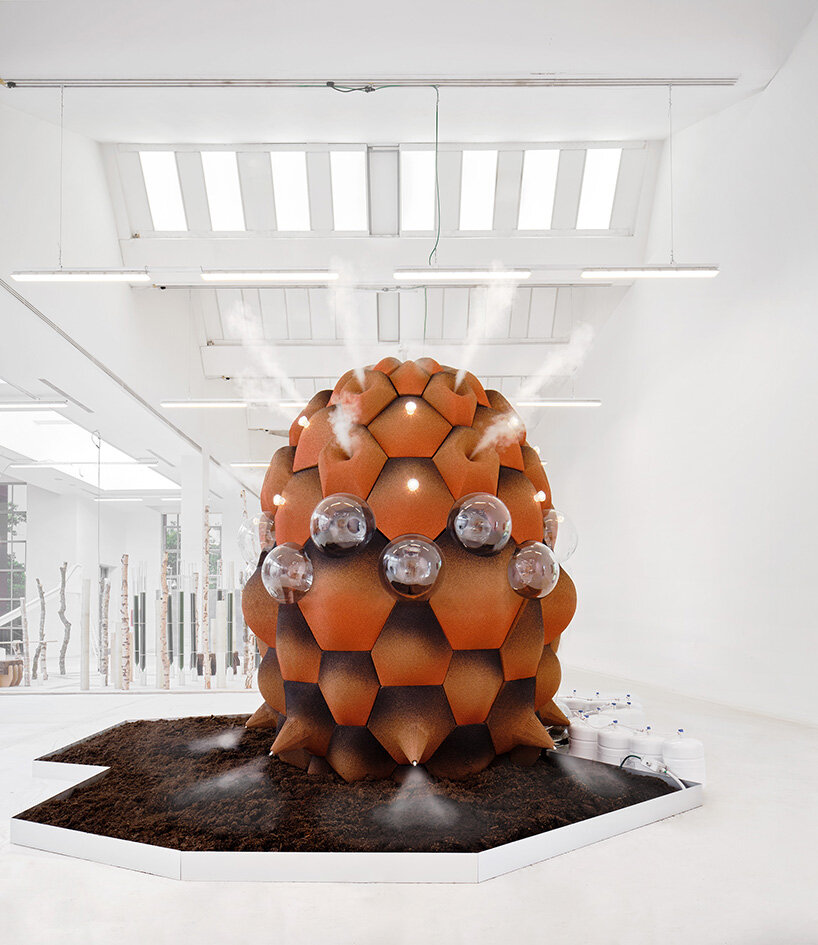
all images by José Hevia
more-than-human actors perform inside The Transspecies Palace
A thick, uneven crust of cork centers the Spanish architect’s project for the 24th Triennale Milano International Exhibition. This living skin was first prototyped on the facade of Andrés Jaque’s Reggio School in Madrid and developed by OFFPOLINN’s multidisciplinary team. Porous and unpredictable, it becomes a fertile ground for microbial life. Its rough surface traps mineral, lipid, and sucrase particles, enabling colonies of bacteria and fungi to take root. Through this slow-building infrastructure, The Transspecies Palace cultivates a dense and diverse microbial community, including cyanobacteria, proteobacteria, firmicutes, and rhizobium. Under conditions of high humidity, fungal hyphae form natural ‘highways’ that guide bacteria deep into the cork, where they produce exopolysaccharide matrices, biochemical networks that hold the potential to sequester carbon and produce oxygen.
This living assemblage actively works to detoxify its environment and nurture regenerative ecosystems. It suggests that architecture can be artifact and organism at the same time, one that collaborates with more-than-human actors to rethink urban and environmental futures.
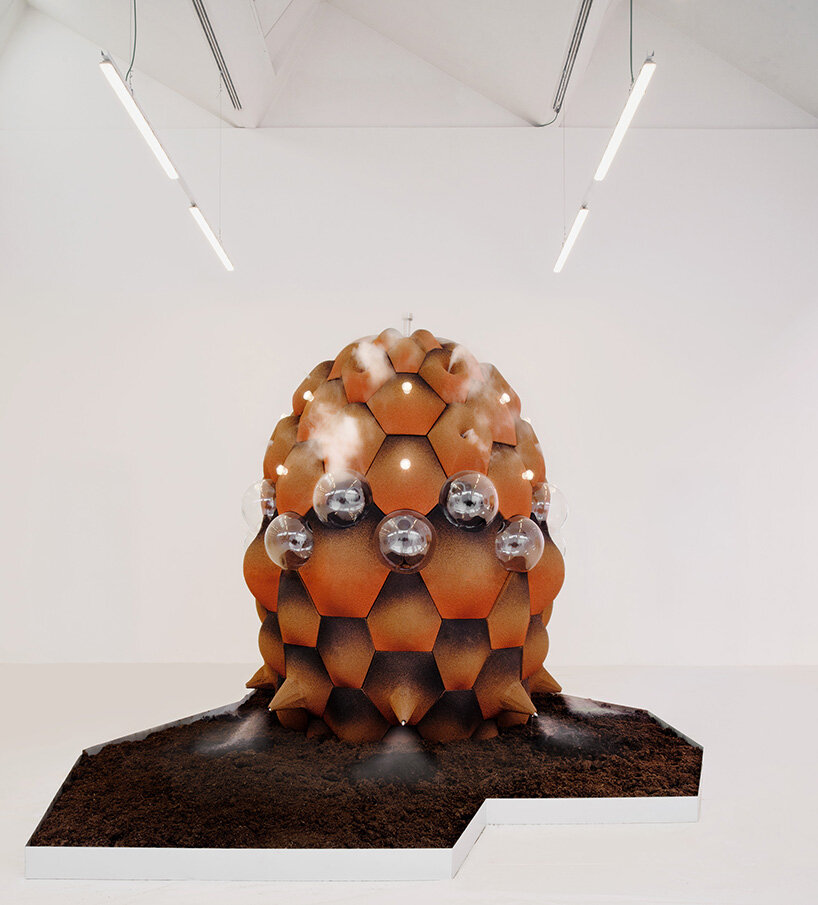
a living architecture where design, biology, and activism entangle
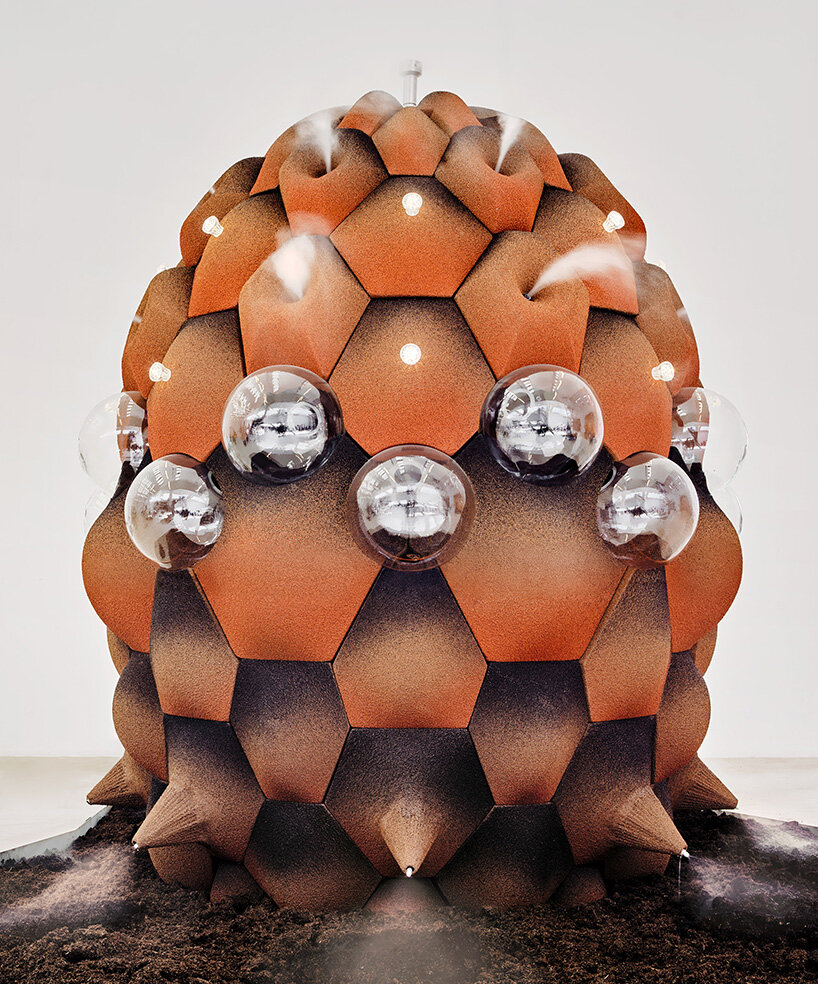
a microbial habitat designed to metabolize toxicity and repair damaged ecologies
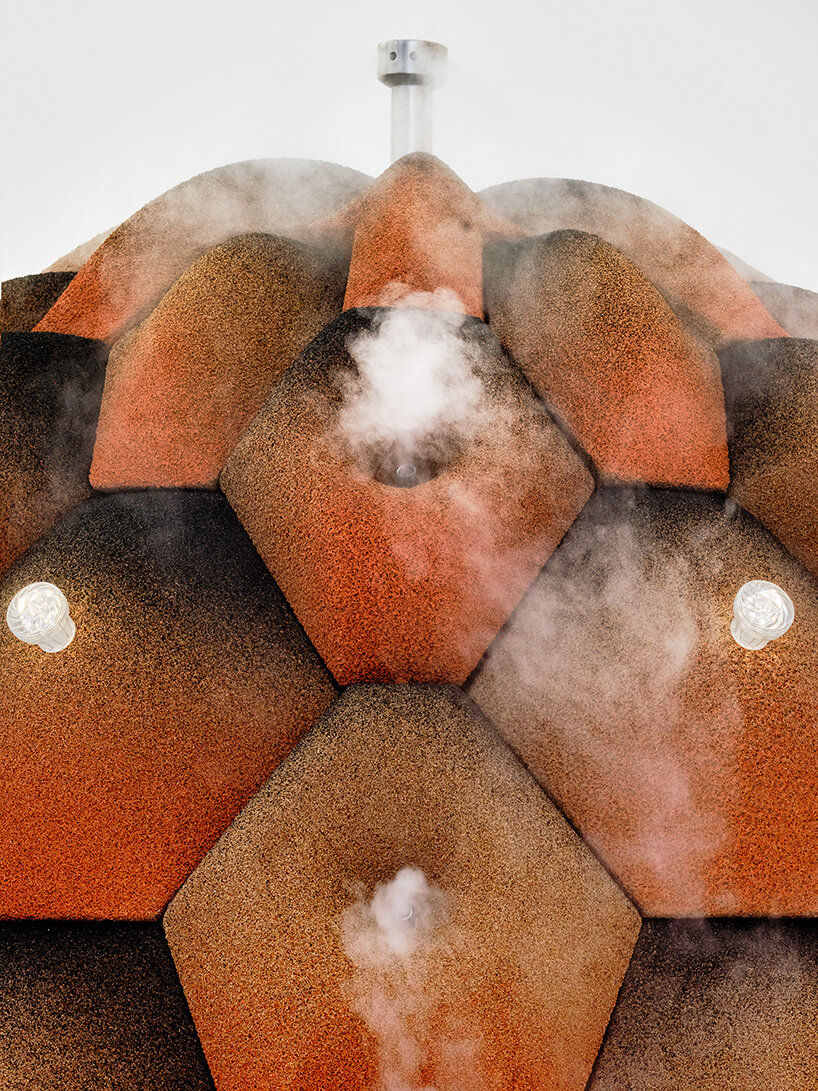
The Transspecies Palace proposes a radical departure from extractive building practices
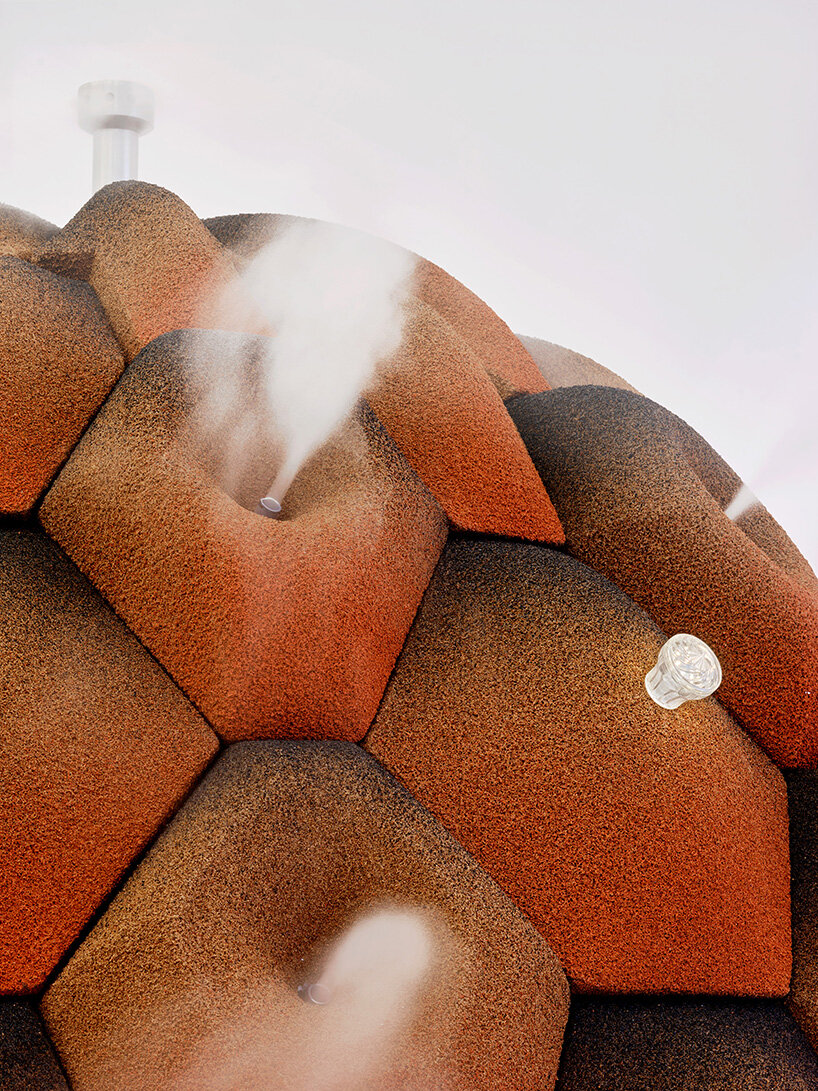
fungal hyphae form natural ‘highways’ that guide bacteria deep into the cork
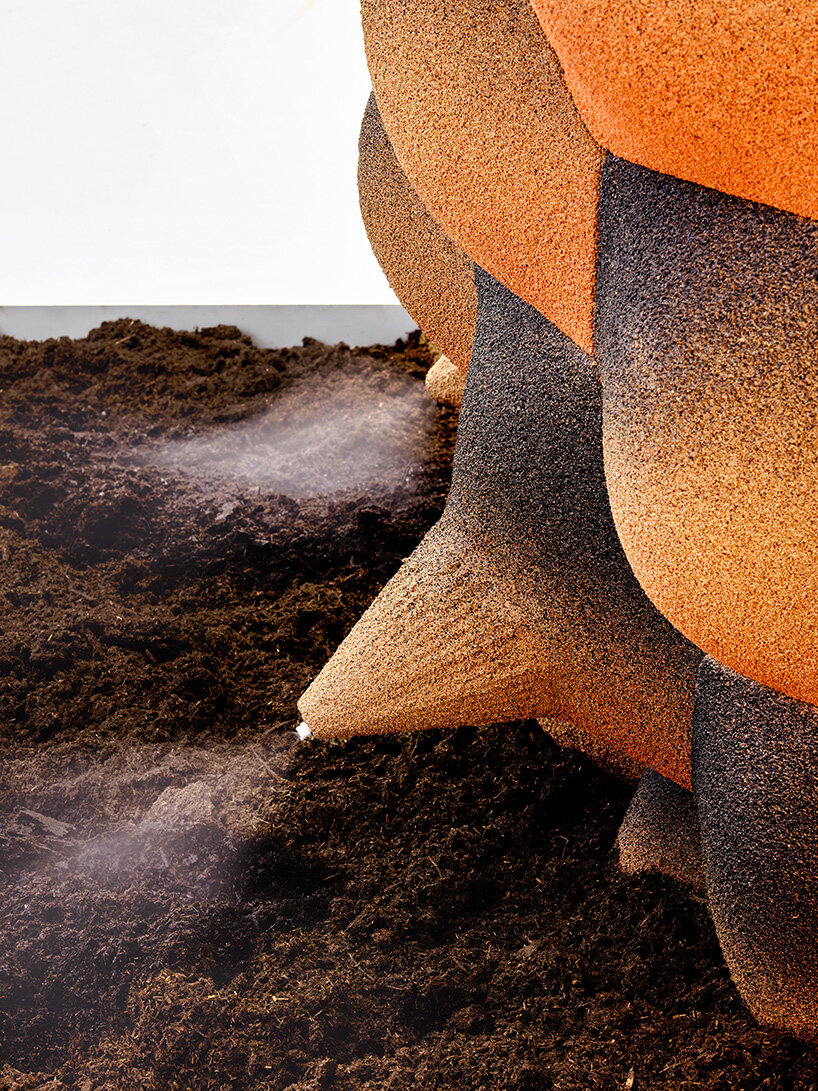
this living assemblage actively works to detoxify its environment and nurture regenerative ecosystems
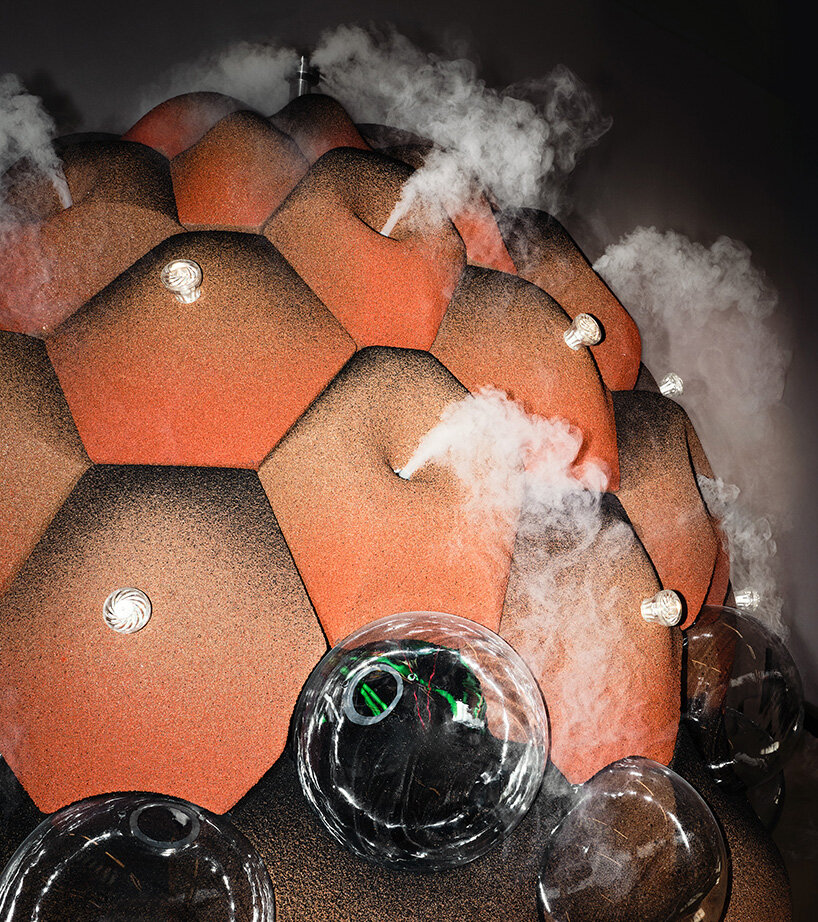
architecture can be artifact and organism at the same time
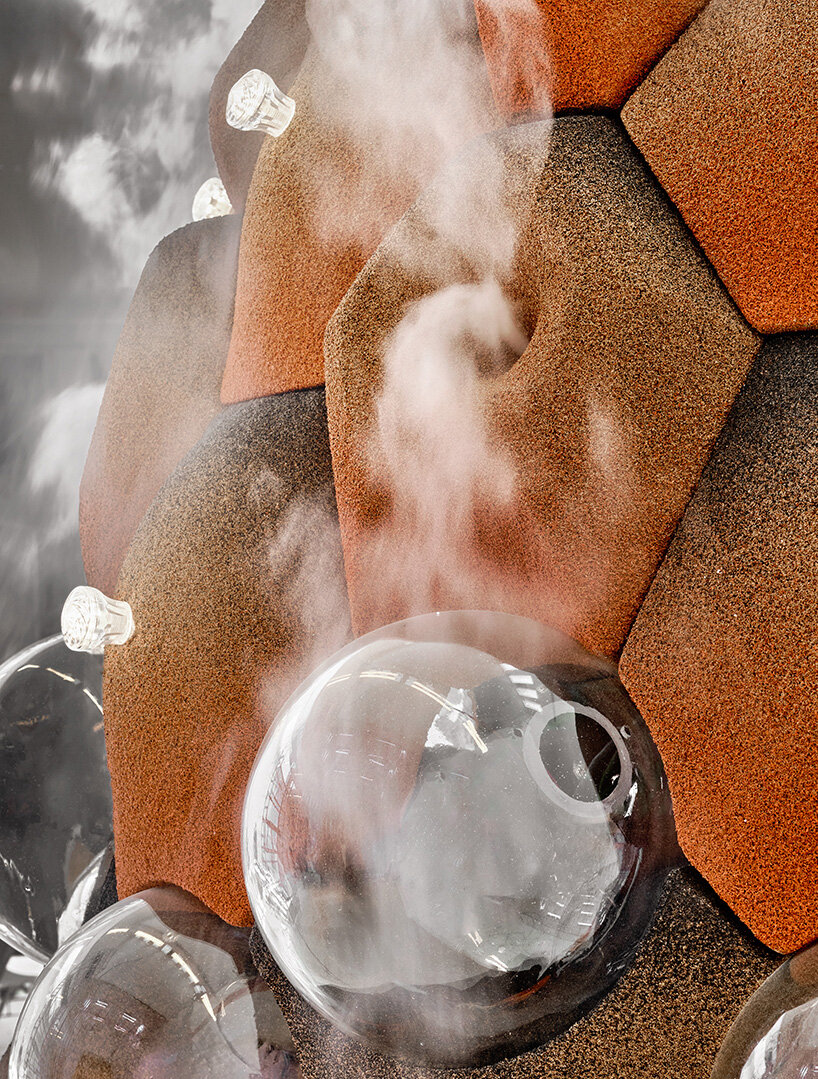
this living skin was first prototyped on the facade of Andrés Jaque’s Reggio School in Madrid
project info:
name: The Transspecies Palace
architect: Andrés Jaque – Office for Political Innovation (OFFPOLINN) | @andres_jaque
exhibition: We the Bacteria: Notes Toward Biotic Architecture, 24th Triennale Milano International Exhibition
location: Milan, Italy
curators: Beatriz Colomina, Mark Wigley | @wig56
collaborators: Vipeq (Mouad Kheffache, Adrián del Río), 18 piés de altura | @18piesdealtura (José María Miñarro), Elena Águila García
photographer: José Hevia
The post andrés jaque builds cork-clad palace for bacteria at triennale milano 2025 appeared first on designboom | architecture & design magazine.
